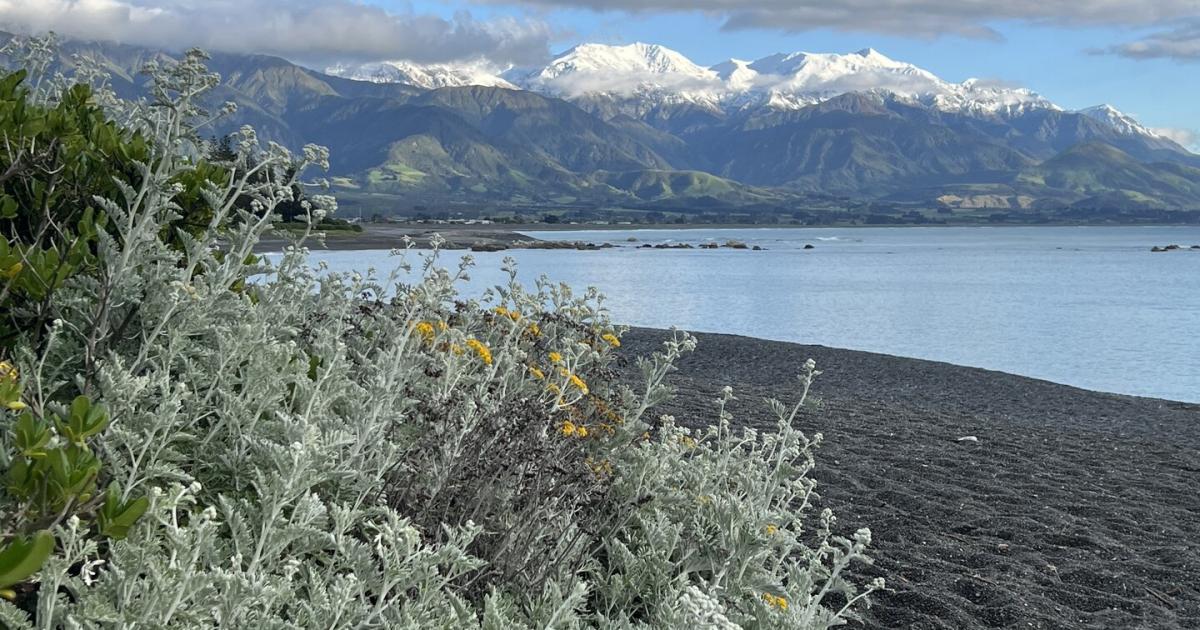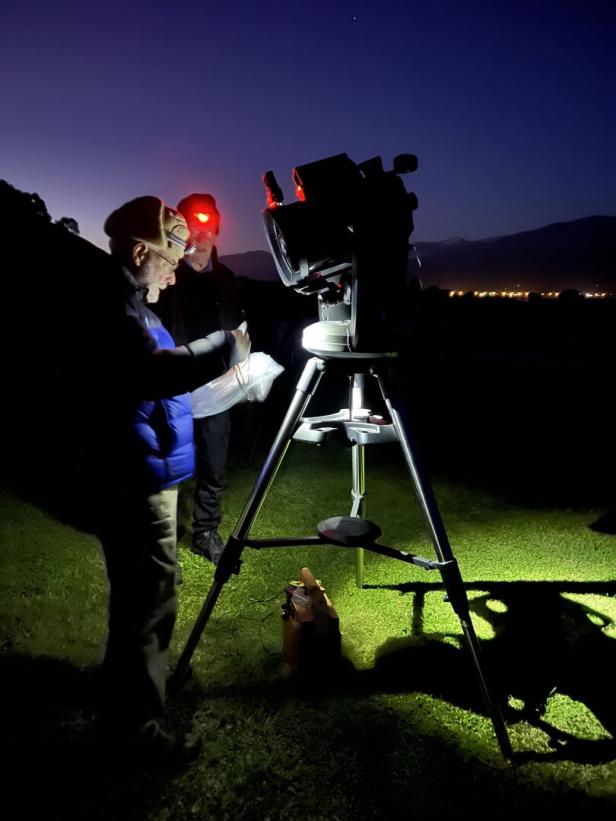Kia ora – These are the words with which Rewai Grace greets people. But the tour guide is in Christchurchthe The largest city in the South Islanddoes more than that: from forehead to forehead, from nose to nose, suddenly a stranger becomes a friend. “the Hongji “It is a traditional Maori greeting,” he explains. “As a general rule, you can also extend your right hand to each other and grab the other person's forearm with your left hand.” This is how the breath of life connects two people – and for Māori, the person being welcomed is no longer manuhiri. -Visitor -but tangata when the people of the country.”
“Aotearoa“Maori call it Aboriginal people in New ZealandToday their islands again. They were not allowed to speak their own language until the 1980s. After being oppressed and expelled for centuries, they are now finally accepted and appreciated. And it's not just the Maori language that suffers from this Te Reo MāoriBut also their traditions and appreciation for nature.
Travel with Waka
The water splashes as the paddles dive into the turquoise water. A tremor occurs across the boat because the equal pulling force of the nine people is noticeable. You suddenly become one with the waves and nature.
The Maori reached their heyday about eight hundred years ago WakaOutrigger Canoes, New Zealand Islands. As the only means of transoceanic transportation, the waka was vital to travel and trade. They are still part of their culture today. Thomas Muito takes you on this journey. The 36-year-old is Ngāi Tahu, Māori South Island of New Zealand.
“Welcome to Catererite“, he greets on the beach of the famous holiday resort. With Tasman Bay in front of his nose, he says the short round's protective blessing: “Manaki Moana, Manaki Tangata, Hare Wakamoa – take care of our seas, take care of people and move forward together.” The large Pomoana conch shell – its sound symbolizes the beginning of The trip north.
The huge rock Touka survived It protrudes from an island and is divided in the middle. The waves are higher here and soon a thin layer of salt covers hands, arms and faces. On the way back, everyone paddles in a calm rhythm.
Waka, the Maori outrigger canoes, remain an important part of the culture today
Be one with nature
Immersing yourself in this country also means pausing – and this is possible not far from Kaiteriteri: within the South Island near the city Murchison Kristina Holopainen and her husband Lasse have created an oasis of luxury in pristine nature. Lasse takes you on a walk through the local forest Maruya River. “This served as a Māori migration route to the West Coast. “There is the hard nephrite jade there, which plays an important role in their culture,” he says.
Green stones were used to make tools or jewelry. Chain pendants too Oh tiki Called, it still has a special meaning and is passed down as an heirloom. After your walk, you can relax in the clear Maruya River before relaxing in the heated pool of the forest bath. Only the song of the bell honeyeater can be heard – and the gentle rustle of leaves in the wind.
Pacific Coastal Highway: Along the coast
The next morning, Christina gives a relaxing yoga class. “Maybe you could say that Maruya is a wonderful place for the human spirit,” she says then. “Here it is easy to reconnect with nature and become one of it.”
Zane Kennedy of Wine, Art and Wilderness takes you up the East Coast, through lush vineyards. Marlborough area To the city Blenheim. The train is already there: in a comfortable dining car with a glass of champagne and snacks Pacific Coast Highway You are gently rocked, always accompanied by the blue waves of the Pacific Ocean on your left side. About two hours later Kaikoura receipt.
From whaling to conservation
Helicopter rotors grow faster and houses in Kaikoura become smaller when pilot Daniel Stevenson sets off on a whale expedition. Soon, countless dots appear in the water. “Look, dolphins!” Daniel shouts. A little later, the humpback whale can also be clearly seen from the air.
In New Zealand, you have a good chance of meeting dolphins
The helicopter flies over a hill working to protect rare birds. “The Hatton Water Sheep is endemic here and there are only an estimated 100,000 breeding pairs left,” says Responsible Tourism Director Lisa Bond. Young birds make their first trip to the sea at night.
In order to better protect birds from the effects of light,… Dark Sky Initiative Founded. “To achieve international dark-sky status, we must work together as a community to reduce light pollution,” Bond says. The bulbs have now been replaced and the lights point to the ground instead of the sky. “It is much darker than before – which in turn helps the young birds, who no longer fly away as easily.
Even Saturn can be seen
Another positive effect: Kaikoura's starry skies are breathtaking. This evening, Larry Field and Brian Horsfall will view this through a large telescope. Even Saturn with its rings can be seen clearly.
Astronomers show the starry sky through a telescope
By the way: Kaikoura was a whaling town. the Pete Fife – Named after the first European and whaler to settle here Robert Fife and his cousin George Fife – It was built on whale bones. The New Zealand fur seal colony can be seen from the house. Females nurse their young while other animals sunbathe on the rocks. They have nothing to fear from humans – even whales no longer: Whaling has stopped since the 1960s New Zealand has become a place for forest conservation and whale watching.
Nature is in harmony here if you do not disturb it. Anyone traveling to New Zealand should keep this in mind every step of the way. Then this special country on the other side of the world will remain so beautiful and unique for a long time.

“Travel aficionado. Certified problem solver. Pop culture guru. Typical writer. Entrepreneur. Coffee trailblazer.”









More Stories
Sylvia Schneider in Ireland is on the Halloween trail
»Festival de la Chasse«: a gastronomic event about fishing and regional cuisine
Salma Hayek's strategy for staying financially independent